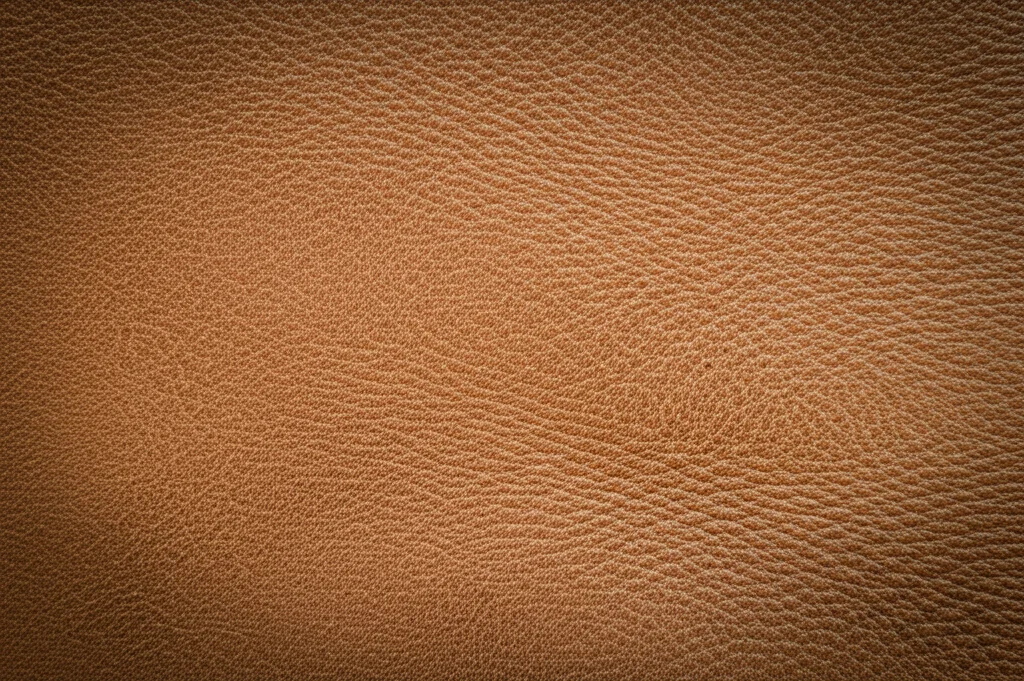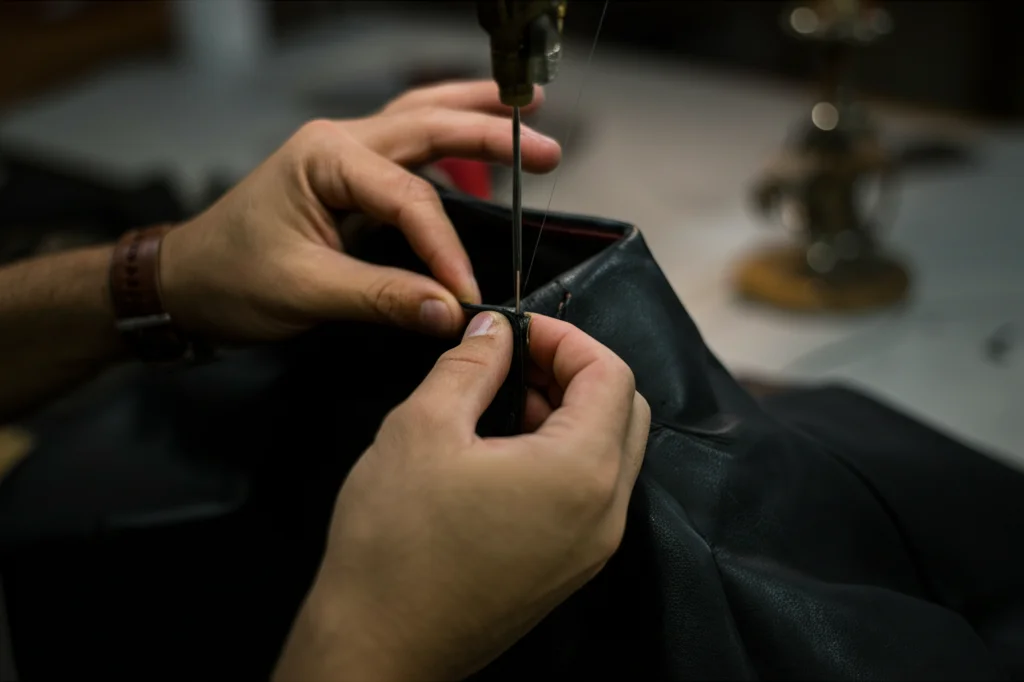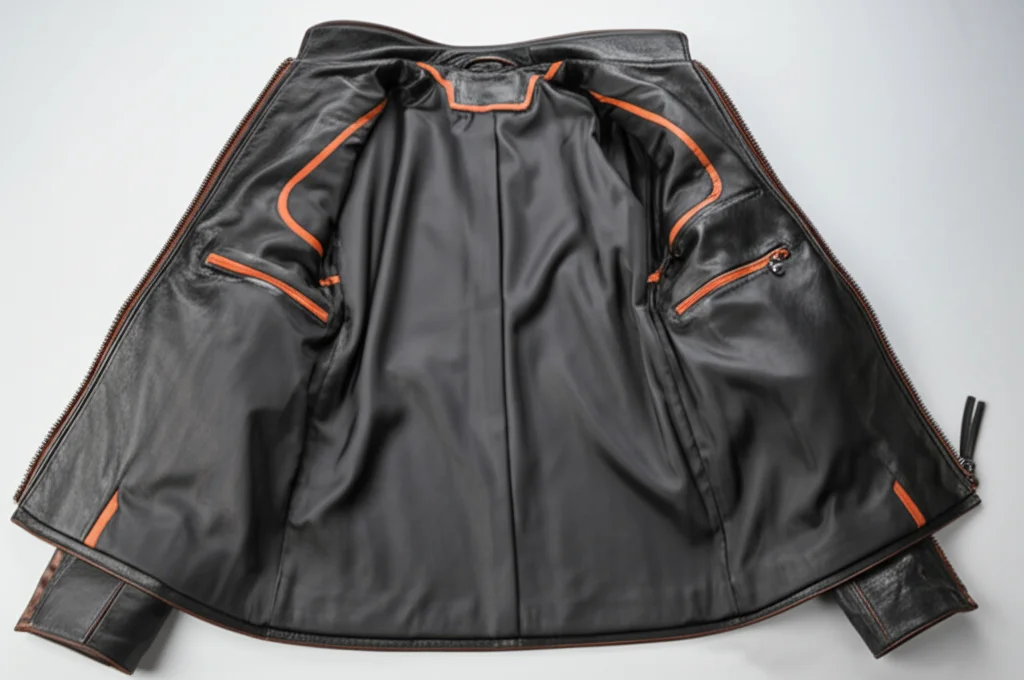Decoding the Price Tag: Why a Handcrafted Leather Jacket is Worth the Investment



It's a common experience: you spot a stunning leather jacket, beautifully designed and crafted from rich, supple material, only to balk at the price tag. Compared to the fast fashion alternatives available for a fraction of the cost, a high quality, handcrafted leather jacket can seem like a significant expense. But is it truly expensive, or is it a worthwhile investment?
As someone who has dedicated a lifetime to the art of leatherwork, I understand the meticulous process and superior materials that contribute to that price. It's not just about buying a garment; it's about investing in craftsmanship, durability, and timeless style that disposable fashion simply cannot replicate. Let's break down exactly what goes into a premium leather jacket and why its value extends far beyond the initial cost.
1. The Foundation: Superior Raw Materials
The journey begins with the leather itself. High quality jackets typically utilize full grain or top grain leather, often from specific origins known for quality like lambskin or cowhide.
- Cost Factor: These premium hides are significantly more expensive than lower grade "genuine leather" splits or synthetic materials. They represent the strongest, most durable part of the hide and require careful selection.
- Value Proposition: This superior material translates directly to better durability, breathability, comfort, and the ability to develop a beautiful patina over time. You're paying for leather that will last and improve with age, not crack or peel after a few wears. You can learn to spot quality leather here.

2. The Art of Craftsmanship: Skilled Labor & Time
Creating a leather jacket is a labor intensive process requiring skill and precision. Unlike mass produced garments quickly assembled on factory lines, handcrafted jackets involve numerous stages:
- Pattern Making & Cutting: Experienced artisans meticulously lay out patterns to maximize hide usage while ensuring pieces are cut correctly along the grain for proper drape and fit.
- Stitching & Assembly: Sewing thick leather requires specialized heavy duty machines operated by skilled technicians. Complex details like pockets, zippers, lapels, and linings demand careful alignment and reinforcement.
- Finishing Touches: Edge finishing, hardware attachment (quality zippers like YKK, sturdy snaps), lining insertion, and final inspections all require time and expertise.
- Cost Factor: Skilled labor is a significant component of the cost. Handcrafted processes take considerably longer than automated assembly lines.
- Value Proposition: This meticulous attention to detail results in a jacket that not only looks better but fits better and holds up to wear and tear significantly longer. Reinforced seams, quality hardware, and precise construction prevent the common failures seen in cheap jackets.

3. Quality Components: Beyond the Leather
It's not just the hide that matters. Premium jackets use high quality components throughout.
- Hardware: Zippers, snaps, buckles, and studs are often sourced from reputable manufacturers known for durability and smooth operation. Cheap hardware can break, tarnish, or jam easily.
- Lining: Quality linings (like cupro, silk blends, or durable cotton) feel better against the skin, are more breathable, and withstand wear better than flimsy polyester linings common in fast fashion.
- Cost Factor: Quality components add to the overall production cost.
- Value Proposition: Durable hardware and linings ensure the entire jacket functions well and remains comfortable for years, not just the leather shell.

4. Timeless Design & Development
Iconic leather jacket styles aren't fleeting trends. Brands invest in designing pieces with enduring appeal.
- Design Costs: Even classic styles require refinement, pattern adjustments for modern fits, and careful consideration of proportions.
- Cost Factor: Design, sampling, and refinement represent upfront investments for the maker.
- Value Proposition: You're buying a piece designed to transcend seasons and trends. A classic leather jacket style remains relevant year after year, unlike fast fashion items designed to be replaced quickly. Its versatility means it works with countless outfits, increasing its wearability. Explore timeless jacket styles here.
5. Longevity & Cost Per Wear: The Real Math
This is where the true value emerges. Consider the "cost per wear".
- Fast Fashion Scenario: A $100 faux leather jacket might last one or two seasons (say, 50 wears) before peeling or looking worn out. Cost per wear = $2.00.
- Investment Jacket Scenario: A $700 handcrafted leather jacket, with proper care, could easily last 10 years or more, worn frequently (say, 500 wears). Cost per wear = $1.40.
- Value Proposition: While the initial outlay is higher, the durability and timelessness of the quality jacket result in a lower cost per wear over its lifespan. You buy once, buy well, and avoid the cycle of replacing cheap items. It's more sustainable financially and environmentally.

More Than Just a Jacket
A handcrafted leather jacket is an investment in quality materials, skilled artistry, enduring design, and personal style. The price reflects the true cost of creating something built to last and be cherished. When you understand the difference in materials, time, and skill involved, the price tag shifts from an expense to a reflection of tangible value.
Next time you consider a leather jacket, look beyond the price and assess the underlying quality. Choosing a well crafted piece isn't just treating yourself; it's making a savvy, sustainable investment in a wardrobe hero that will serve you faithfully for years to come.
What factor do you value most when considering a leather jacket purchase? Let us know in the comments!
Subscribe to our Newsletter
Get the latest posts and updates delivered straight to your inbox.